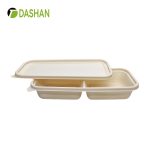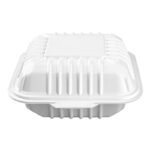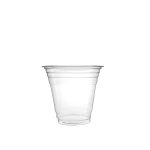Quick Summary
Biodegradable PLA cups are transforming the beverage and foodservice industry in 2025. Made entirely from plant-based resources, these compostable PLA cups provide sustainability, food safety, and visual appeal. From coffee shops to festivals, businesses are adopting eco-friendly cups to meet environmental regulations and consumer expectations. This article explores seven surprising facts about PLA cups, their real-world applications, and why they are shaping the future of disposable beverage packaging.
Introduction
Plastic pollution is one of the most pressing environmental challenges of our time. Each year, millions of tons of single-use plastics are produced, and a significant portion ends up in landfills, oceans, or incinerators, causing lasting ecological damage. The food and beverage sector, particularly takeaway services and cafes, is a major contributor. Traditional disposable cups, used for minutes, can persist in the environment for hundreds of years.
With growing awareness, consumers are demanding sustainable disposable cups that reduce environmental impact without compromising functionality. Governments worldwide are responding with legislation restricting single-use plastics. For instance, the EU has implemented its Single-Use Plastics Directive, while countries like Canada and regions in the U.S. have banned polystyrene cups.
Amid this shift, biodegradable PLA cups have emerged as a leading solution. In 2025, these plant-based cups are recognized not only for their eco-friendly credentials, but also for their clarity, durability, and ability to meet strict food safety standards. Today, we explore seven surprising facts about PLA cups that most people don’t know and why they are becoming essential for sustainable beverage packaging.
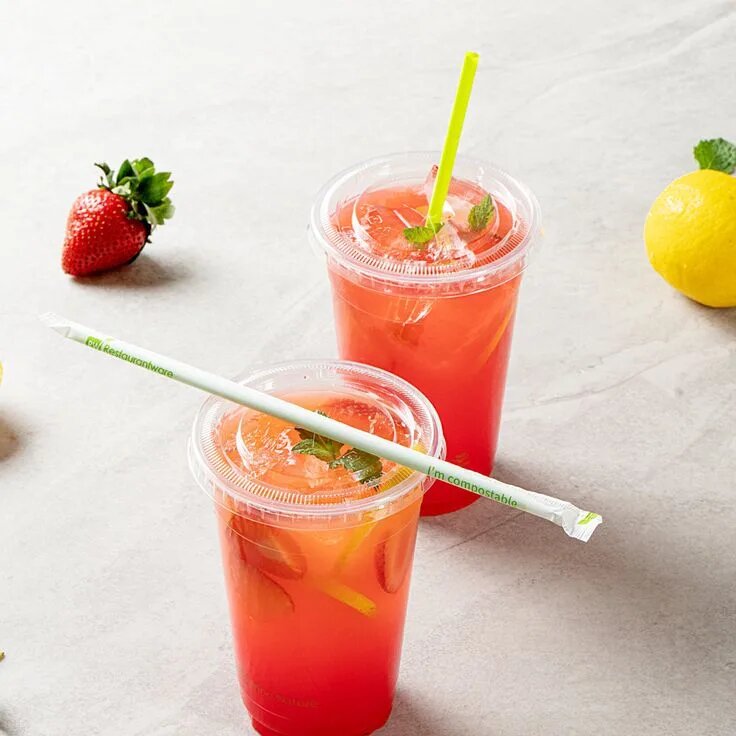
Fact 1: PLA Cups Are Made Entirely from Renewable Plant Resources
What is PLA Exactly?
PLA, or Polylactic Acid, is a biopolymer derived from renewable plant resources such as corn starch, sugarcane, or cassava. Unlike traditional plastics made from petroleum, PLA cups originate from annually renewable crops, making them inherently sustainable.
The production process begins by extracting sugars or starches from plants. Microorganisms ferment these carbohydrates into lactic acid, which is then polymerized into long chains to form PLA resin. This resin is versatile and can be molded into various products, including clear PLA cups, compostable PLA cups, food containers, and even straws.
Key Characteristics:
-
Renewable Origin: Uses crops that grow annually, reducing dependency on fossil fuels.
-
Compostability: In industrial composting conditions, PLA cups break down into water, CO₂, and biomass within 90–180 days.
-
Non-Toxic: Free from harmful chemicals like BPA or phthalates.
-
Aesthetic Appeal: Crystal-clear, glossy finish resembling conventional plastic.
Mechanically, PLA is rigid with good tensile strength, comparable to PET, but has lower heat resistance. This is why standard PLA cups are designed for cold beverages, while CPLA variants are used for hot drinks.
By choosing plant-based PLA cups, businesses support a circular economy, promoting eco-friendly disposable cups that are renewable, functional, and compostable.
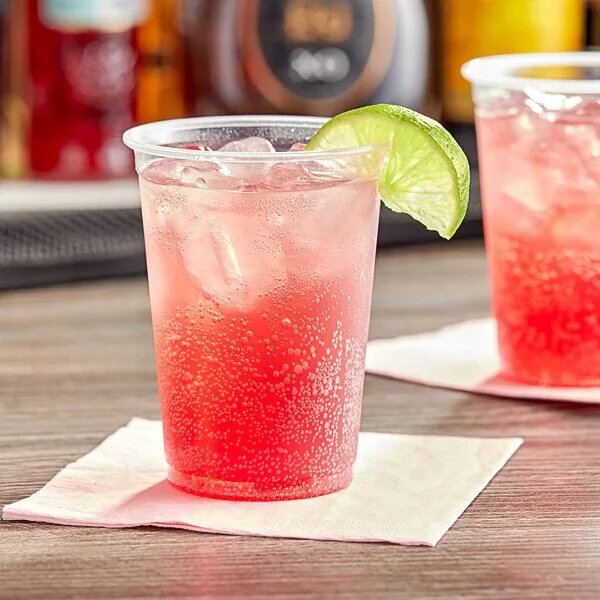
Fact 2: Biodegradable PLA Cups Require Industrial Composting
Industrial vs Home Composting
Although PLA cups are designed to biodegrade, they require industrial composting facilities with high temperatures (around 58°C), adequate moisture, and active microbial action. Home compost bins typically do not reach the conditions necessary for effective decomposition.
Progress in Composting Infrastructure
Cities like San Francisco and Amsterdam are investing heavily in industrial composting facilities. These plants optimize the end-of-life management of PLA cups, ensuring they do not end up in landfills. With expanding infrastructure, the availability of composting for eco-friendly cups is steadily increasing, supporting the broader adoption of sustainable packaging.
Environmental Impact
Using PLA cups in systems equipped for industrial composting reduces landfill accumulation, returns nutrients to the soil, and supports the principles of a circular economy.
Fact 3: PLA Cups Produce 60% Fewer Greenhouse Gases Than Traditional Plastics
Life Cycle Assessment Data
Studies show that producing PLA cold drink cups generates approximately 60% less CO₂ compared to petroleum-based plastics like PET or polystyrene.
Additional Environmental Benefits:
-
Reduced water pollution from plastic production
-
Decreased reliance on fossil fuels
-
Cleaner production cycles with fewer harmful by-products
Adopting compostable PLA cups allows businesses to reduce their carbon footprint significantly and align with global sustainability goals.
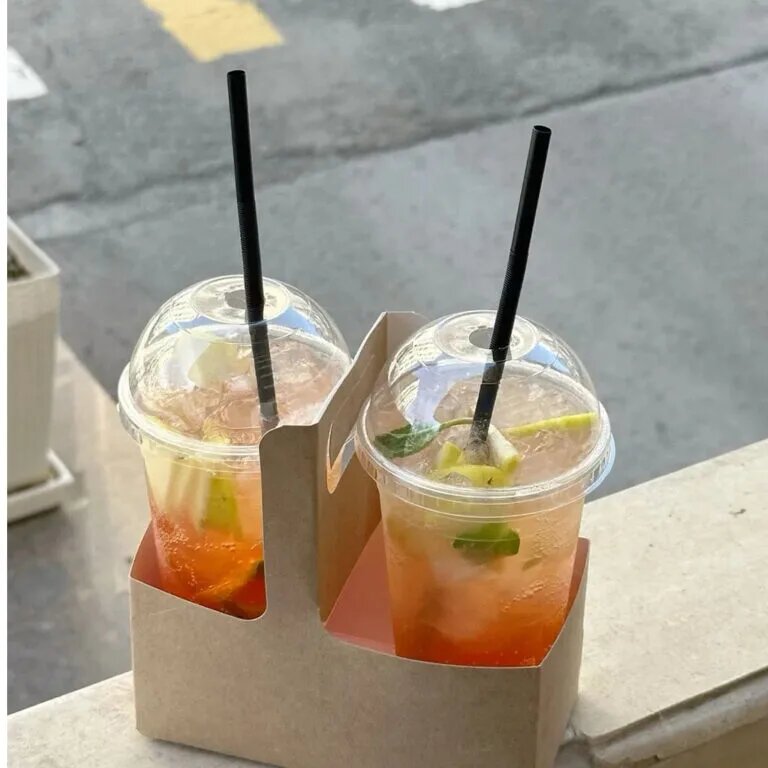
Fact 4: PLA Cups Are Clear, Attractive, and Highly Functional
Why Aesthetics Matter
Clear PLA cups offer the same visual appeal as traditional plastic cups. Their transparency allows vibrant beverages, smoothies, iced coffees, and juices to stand out, enhancing consumer experience and brand perception.
PLA vs PET Visual Comparison:
-
Excellent clarity
-
Lightweight yet durable
-
Fully compostable after use
Consumers appreciate PLA cold drink cups because they combine functionality and eco-consciousness, particularly in fast-casual dining, cafes, and specialty beverage outlets.
Fact 5: PLA Cups Are Designed for Cold Drinks, Not Hot Beverages
Heat Sensitivity Explained
Standard biodegradable PLA cups can handle temperatures up to 45–60°C (113–140°F), making them unsuitable for hot coffee or tea. Using them outside these parameters can lead to deformation or leakage.
Ideal Applications:
-
Iced lattes and iced coffee
-
Chilled fruit juices
-
Bubble tea
-
Smoothies
For hot beverages, manufacturers offer CPLA cups, which are PLA-based but chemically modified to resist higher temperatures. Correct application ensures optimal performance and customer satisfaction.
Fact 6: The Global Market for PLA Cups Is Growing Rapidly
Industry Growth Statistics
According to MarketsandMarkets, the global PLA packaging market is expected to grow at a CAGR of 15.5%, reaching over USD 7 billion by 2030. Rising environmental regulations, corporate sustainability initiatives, and consumer demand for eco-friendly cups are driving this growth.
Policy and Consumer Demand:
-
Plastic bans across Europe, Canada, and the U.S.
-
Rising awareness of sustainable disposable cups
-
Corporate initiatives to reduce plastic waste
The rapid adoption of PLA cups demonstrates that environmental responsibility and business viability can coexist.
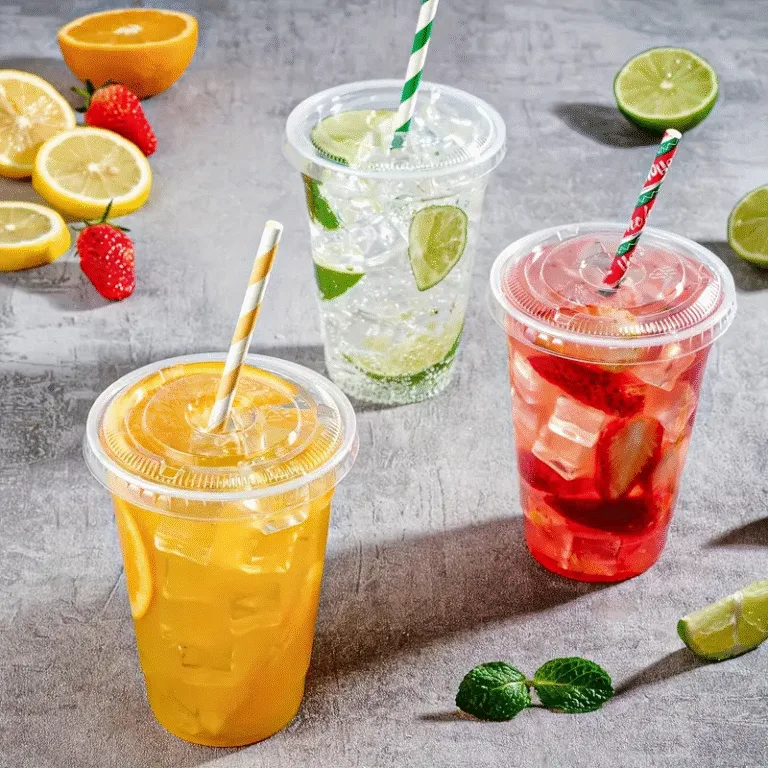
Fact 7: PLA Cups Are Part of a Larger Green Revolution
Beyond Cups—A Whole Ecosystem
The success of PLA cold drink cups has inspired the development of:
-
Compostable lids
-
Biodegradable straws
-
Plant-based utensils
-
Eco-friendly bowls
How PLA Supports a Circular Economy:
-
Reduces landfill dependency
-
Returns nutrients to soil when composted correctly
-
Encourages sustainable agricultural practices
Businesses adopting PLA cups today are setting the stage for a regenerative future and demonstrating that sustainable packaging can be scalable and practical.
Real-World Success Stories
Starbucks and Costa Coffee Leading the Way
Major global brands such as Starbucks and Costa Coffee have introduced plant-based PLA cold drink cups in select regions. These initiatives form part of broader sustainability programs, including collaboration with industrial composting facilities to manage end-of-life disposal effectively.
Eco-Friendly Events and Festivals
Festivals like Glastonbury in the UK and Lightning in a Bottle in California have replaced traditional plastic cups with biodegradable PLA cups, diverting over 90% of event waste from landfills through composting and recycling programs.
Sustainability and Environmental Significance
PLA cups represent a significant step toward sustainable packaging. Unlike conventional plastics that persist for hundreds of years and produce microplastics, compostable PLA cups break down naturally in months under industrial composting conditions.
Their plant-based origin lowers fossil fuel consumption, reduces greenhouse gas emissions, and supports a circular economy. Increasing adoption in foodservice and beverage industries shows that eco-friendly cups are both practical and scalable.
Ultimately, PLA cups embody a commitment to a cleaner, healthier planet while offering convenience and functionality.
FAQ
-
What are biodegradable PLA cups made from?
PLA cups are made from polylactic acid, derived from renewable resources such as corn starch or sugarcane. -
Are PLA cups compostable at home?
No, they require industrial composting facilities with high heat and specific conditions. -
Can PLA cups hold hot beverages?
Standard PLA cups are for cold drinks only. Use CPLA cups for hot beverages. -
How long do PLA cups take to decompose?
Typically 90–180 days in industrial composting conditions. -
Are PLA cups recyclable?
PLA cups are not recyclable in conventional plastic recycling streams; they must be composted in specialized facilities.
Conclusion
The journey of biodegradable PLA cups reflects the larger movement toward sustainability and a circular economy. From renewable origins to compostable end-of-life, PLA cups demonstrate that environmentally responsible packaging can be practical, attractive, and scalable.
As governments, businesses, and consumers continue to embrace green solutions, plant-based PLA cups will redefine the disposable beverage market, providing a cleaner, healthier, and more sustainable alternative to traditional plastics. Choosing PLA cups is not only a practical packaging decision—it is a commitment to a better world.
References
-
European Bioplastics – PLA Facts
https://www.european-bioplastics.org/ -
US EPA – Sustainable Materials Management
https://www.epa.gov/smm -
ASTM International – Compostability Standards
https://www.astm.org/ -
OK Compost Certification – TÜV Austria
https://www.tuv-at.be/ -
Xiamen Dashan – PLA Packaging Solutions
https://www.dashanpacking.com/

